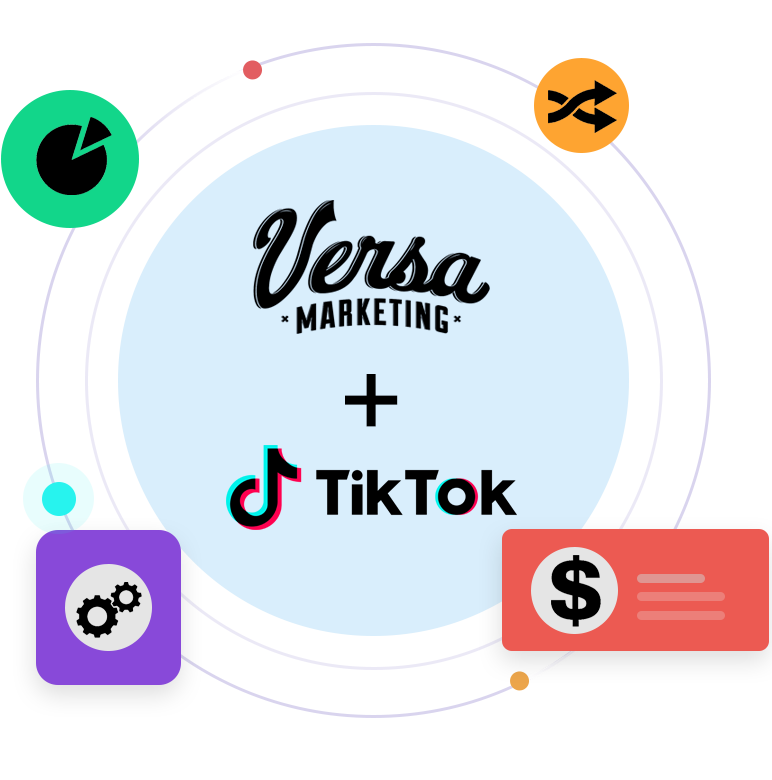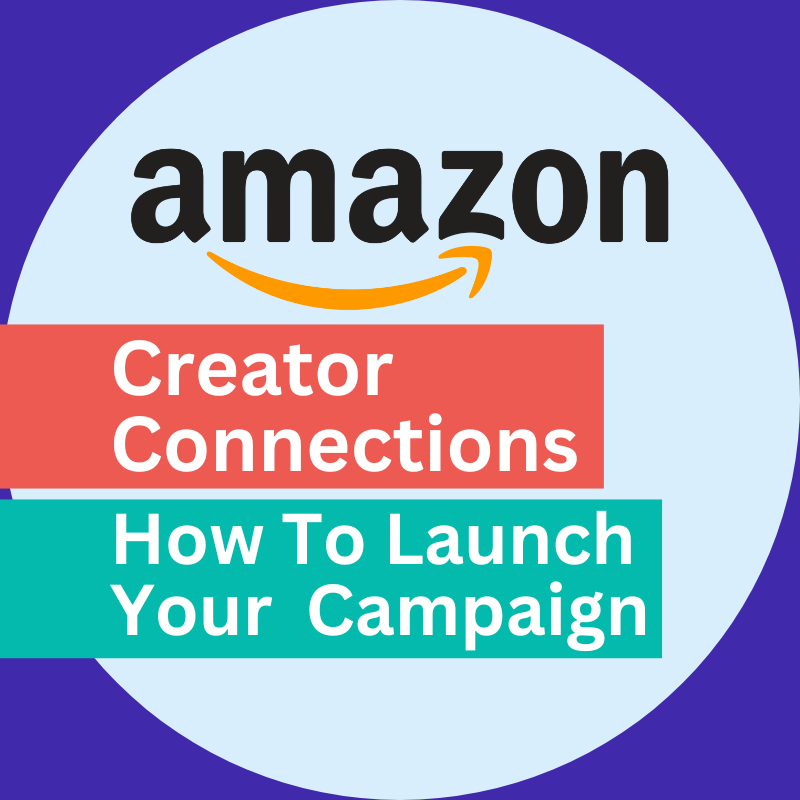Understanding
A Complex Channel
Affiliate Marketing is a type of performance based marketing where a company compensates an affiliate partner for customers they generate through their own marketing efforts.

Affiliate marketing has been used by 81% of marketers and 84% of publishers in the United States alone.
The Parties Involved
Advertiser
In the affiliate eco-system, a company who is looking to acquire new customers or leads, is known as the advertiser.
An advertiser can be a company selling clothing, software, electronics, accessories, etc., or a company generating leads for their insurance, mortgage, legal or other services based business.
Affiliate
Affiliates, also known as publishers, are individuals or companies that promote an advertiser’s product or service in exchange for a commission. This is how they monetize their marketing efforts. These marketing efforts can include a blog, content, review, or shopping comparison website, or an affiliate who is generating traffic from paid search, email marketing, display advertising, social media presence, etc.
Consumer
The most important party to both the advertiser and affiliate is the consumer.
The consumer is the one who clicks on an affiliate’s ad, reaches the advertiser’s website and makes a purchase or completes a lead, thus generating revenue for the advertiser and affiliate.
Network or Platform?
In order to facilitate the relationship between an Advertiser, Affiliate and Consumer an Affiliate Network or Affiliate Tracking Platform must be leveraged. The primary responsibility of these networks or platforms is to track clicks and conversions and attribute them to the appropriate affiliate.
This is done through the use of tracking links, cookies and conversion pixels. In addition to the technical benefits a network or platform provides, they are also used for media hosting, commission payment processing, program reporting and/or other affiliate program elements.

An ADVERTISER acquires a CONSUMER and the AFFILIATE is rewarded!
Consumer clicks on affiliate’s link
Tracking cookie is placed on consumer’s browser.
Consumer reaches the advertiser
Website, landing page, microsite or hosted form.
Consumer completes an action (purchase, subscription, lead form, etc.)
Tracking pixel is “fired” on the advertiser’s website.
Network or tracking platform logs the action
Credit is given to the appropriate affiliate.
Things to Consider
Goals for the channel
Brand monitoring
Commission reversals
Program restrictions
Conversion rate and EPC
Traffic funnel process
Multi-pixel management
Geographical restrictions
Attendance at affiliate conferences
Consumer promotion strategy
Approved content usage
Competitor’s affiliate programs
Affiliate segmentation
Direction program options
Data feeds
CPA network partnerships
Direction program options
Competitive analysis
Cost per customer acquisition budget
Affiliate recruiting strategy
Lead quality management
Cookie duration
Mobile readiness
Program management resources
Internal reporting needs
Affiliate bonus structure
Affiliate network selection
Affiliate newsletters
Product review component
Number of occurrences
Lifetime value (LTV) of your customer
Affiliate payment processing
Commission structure
Affiliate vetting process
Tracking integration methodology
Program media
Affiliate Marketing
Affiliate marketing is an extremely powerful channel that should be leveraged by every company selling a product or service. When launched and managed correctly, it has proven to have higher returns than virtually every other marketing channel.

The Latest From Versa Marketing

Amazon Sellers: Launching an Amazon Affiliate Marketing Program & Creator Connection Campaigns

TikTok Affiliate Program Launch and Management

Amazon Affiliate Marketing Program – Launch & Management

How to Launch Amazon Creator Connections Campaigns

